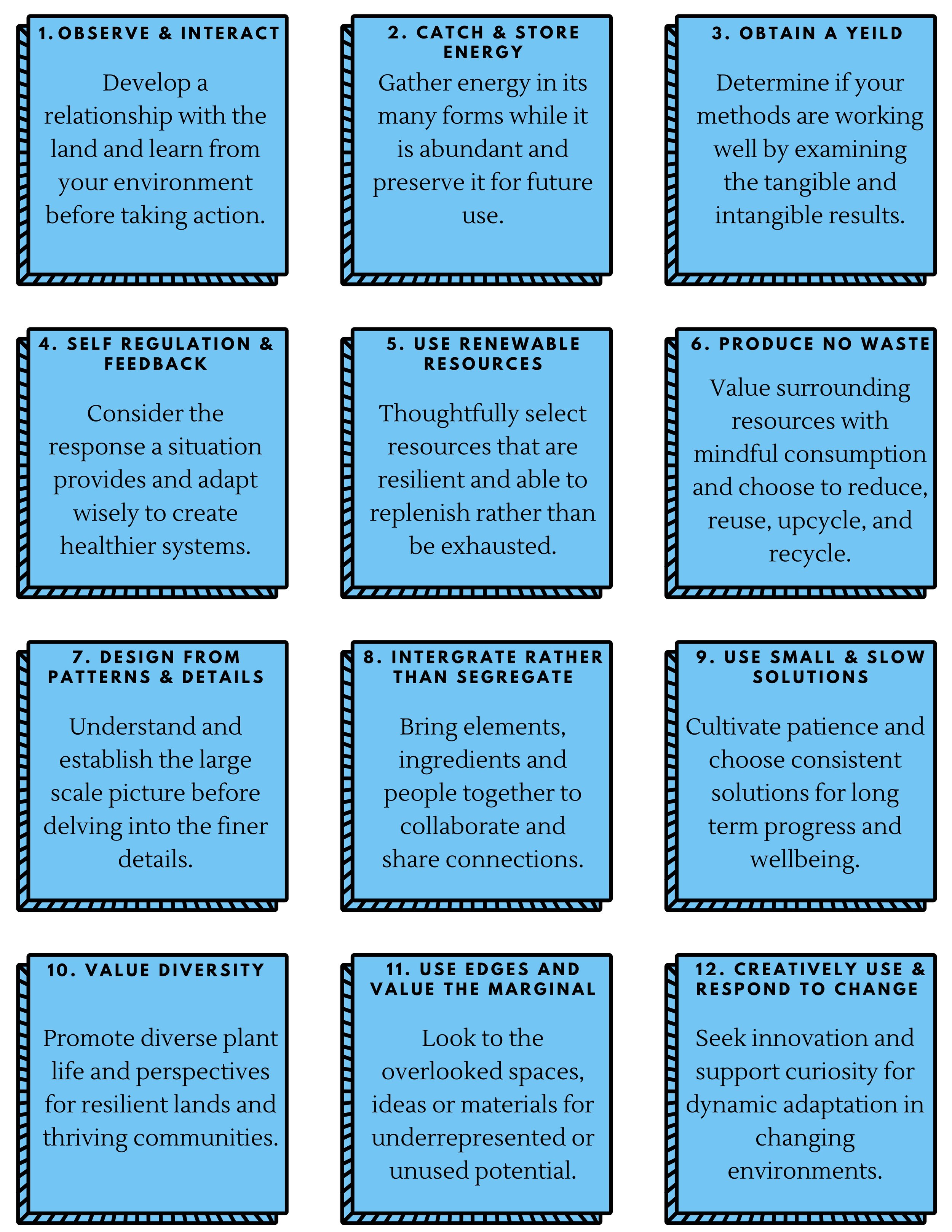Before the days of sugarcane and pineapple plantations, the food and agricultural systems of Hawai’i were designed to utilize the resources available in the valleys between mauka and makai. The people needed an agricultural system that would support and feed everyone, and in caring for the ‘Aina, they wanted to honor what the land had given them. They designed watersheds, or Ahupua’a, that utilized every part of the land. Each section served a different purpose, but together they created a regenerative agricultural system. From growing hardwoods deep in the valley for lumber, groves of Ulu and Banana for food, to lo’i patches to grow Kalo, they created a food belt. These food belts fed and supported each other. The hardwood trees created shade for crops. The water from the mountains fed the groves. The Kalo patches were also utilized for aquaculture- feeding fish farms. These food systems were able to support the entire community with very little work. What they put into the land, they got back out.
Plantation Days
Unfortunately, these food systems were destroyed not long after Western settlement. Water and streams that fed lo’i and fish ponds were now diverted to irrigate sugarcane fields. Land that had previously been utilized to produce diverse crops now only served one purpose: to grow sugarcane. Plantation agriculture depleted what was once a fertile, nutrient-rich soil and left it barren and dry. This contributed to erosion, crop droughts, and the displacement of the Hawaiian people, who had cared for the land long before sugarcane plantations were established. The islands that were once 100% self-sufficient now rely on 90% imported food to feed the population. This is not sustainable.
Permaculture in Hawai’i Today
There are still active permaculture systems in place, protected and cared for by the people trying to save these native practices and ways of life. But we can also design our own permaculture systems right in our backyards. By using the principles of Permaculture, we can utilize what space we have to create a regenerative food system on a smaller scale.

